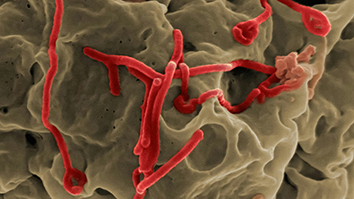Citation
Zou, S., Moldwin, M. B., Lyons, L. R., Nishimura, Y., Hirahara, M., Sakanoi, T., … & Heinselman, C. J. (2010). Identification of substorm onset location and preonset sequence using Reimei, THEMIS GBO, PFISR, and Geotail. Journal of Geophysical Research: Space Physics, 115(A12).
Abstract
We present state-of-the-art multiple instrument observations of an isolated substorm on October 12, 2007. The auroral breakup was observed simultaneously by Reimei, THEMIS ASI, and PFISR. The footprint of Geotail was also near the breakup. These observations allow for detailed study of the breakup location in terms of large- and small-scale auroral morphology, particle precipitation, and ionospheric convection, which has not previously been achieved. It also allows for detailed identification of the sequence leading to the breakup. We report the first spaceborne high spatial and temporal resolution images of part of a breakup arc and a wave-like auroral enhancement captured by Reimei. Observations suggest a sudden plasma sheet thinning initiated ∼10 min before the onset. Wave-like auroral enhancements were observed twice at the most equatorward arc ∼3 min and ∼1 min before the breakup. These enhancements are likely due to some near-Earth instability, such as ballooning instability. Unlike the usual substorm sequence, this most equatorward arc did not develop into the breakup arc but remained almost stable until being engulfed by the auroral equatorward expansion from higher latitude after onset. The wave-like auroral enhancement was associated with three fine inverted V arcs and embedded within energetic ion precipitation. Following this enhancement, an arc, likely a poleward boundary intensification, formed at higher latitude just adjacent to the plasma sheet boundary layer (PSBL). This arc then extended southwestward and led to the breakup arc, which was located poleward of the wavy structures. Assuming longitudinal homogeneity of ion precipitation over 1°, this breakup arc was located in a region without ion precipitation just poleward of the energetic ion precipitation. These observations suggest the possible existence of a low-entropy flow channel associated with the arc adjacent to the PSBL, which might be associated with instability in the near-Earth plasma sheet responsible for the auroral breakup.


